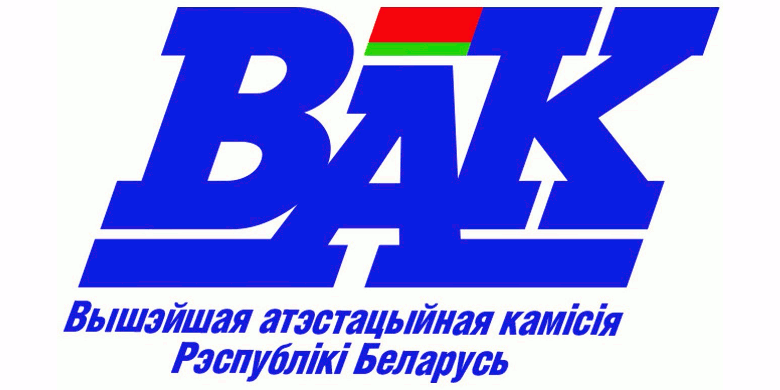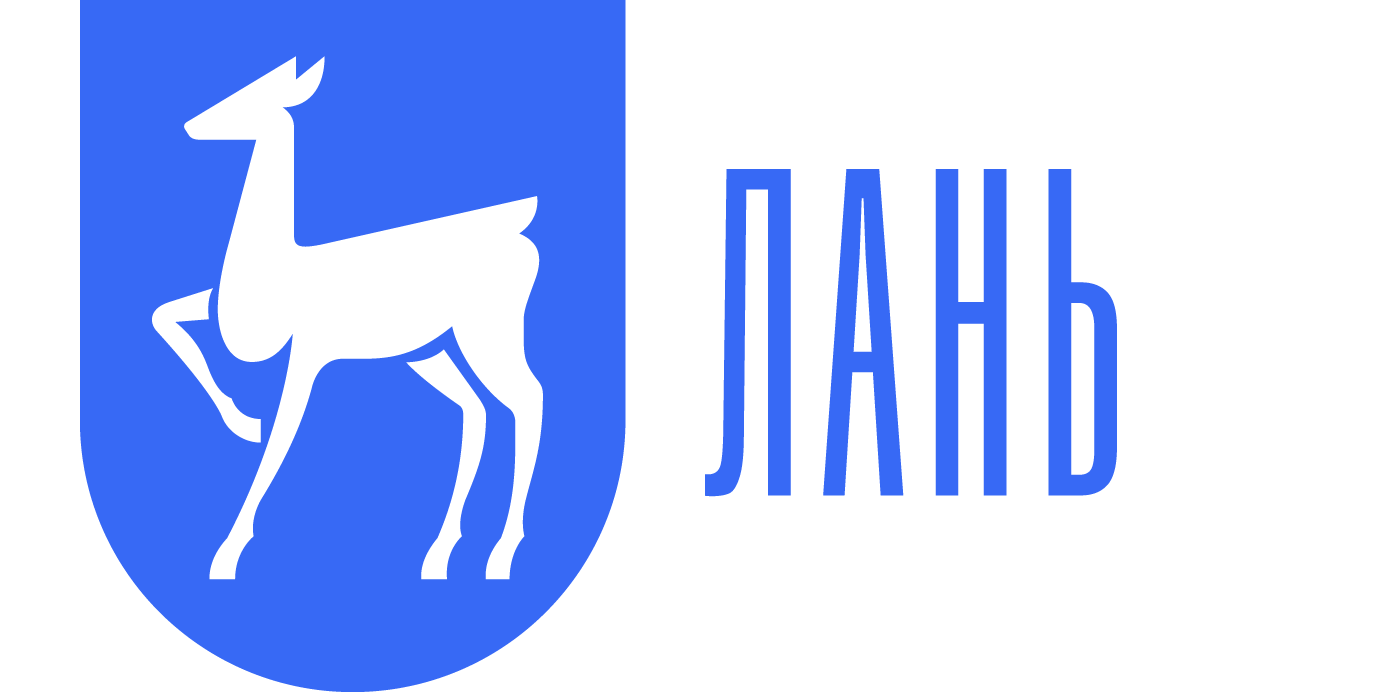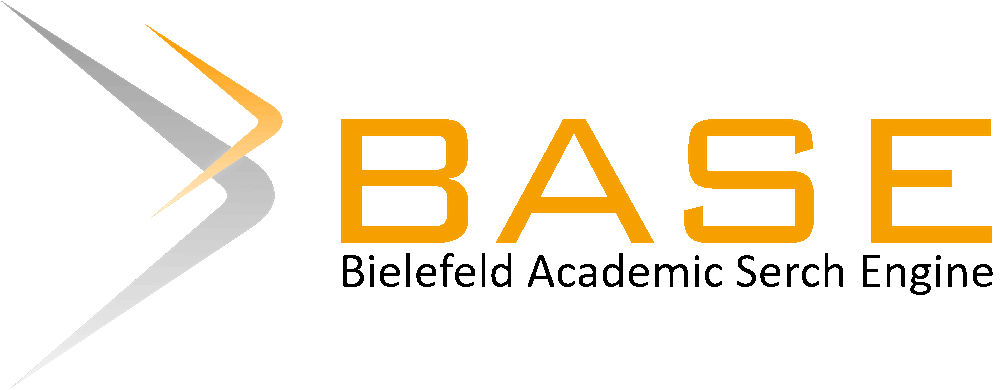Sports Achievements: Assessment of Motor Sensitivity in the Movement Control System of Athletes in Selected Sports
Keywords:
stabilometry, functional indicators, kinesthetic sensitivity, coordination abilities, sensory systemsAbstract
High achievements in sports activities today are difficult to imagine both without taking into account mechanisms of controlling the motor actions of athletes and without objective quantitative control of functional readiness. Obviously, depending on the sport, the level of functional readiness has its own specific features. In different sports, the same methods are often used to assess the physical form of an athlete, but despite the reliability of common tests, according to leading experts, there is undoubtedly a need for new, more specific approaches. In our opinion, statokinesiography (stabilometry) is one of the most promising methods in the comprehensive assessment of human functional capabilities. The novelty of the author's view on the problem of functional readiness makes it possible to derive quantitative characteristics of the work of sensory systems in the movement control system of athletes engaged in various sports. The article reveals the distinctive features of maintaining the equilibrium function of swimmers, water polo players and hockey players with differentiated significance of the functions of the visual analyzer in providing the basic motor stereotype.
References
2. Бернштейн, Н.А. О построении движений / Н.А. Бернштейн // ЛФК и массаж, спортивная медицина. 2008. – № 9 (57). – С. 7–11.
3. Буйнов, Л.Г. Статокинетическая устойчивость и подходы к ее фармакологической коррекции / Л.Г. Буйнов // Обзоры по клинической фармакологии и лекарственной терапии. – 2002. – № 2. – С. 27-50.
4. Вашина, М.Г. Практика применения стабилометрического метода в спорте / М.Г. Вашина // Материалы научно-методической конференции «Научные проблемы подготовки спортсменов Республики Беларусь к Олимпийским играм 2004 года». Минск, 2003. – С. 95–97.
5. Ровный, А.С. Роль сенсорных систем в управлении сложно-координированными движениями спортсменов / А.С. Ровный, О.А. Ровная, В.А. Галимский // Слобожанский научно спортивный вестник. – 2014. – № 3. – С. 78-85.
6. Костючик, И.Ю. Сравнительные характеристики активности постурального мышечного тонуса спортсменов, специализирующихся в плавании / И.Ю. Костючик // Восток–Россия–Запад. Физическая культура, cпорт и здоровый образ жизни в ХХI веке : материалы XXI Традиционного международного симпозиума, г. Красноярск 16-17 ноября 2018 г. – С. 503-506.
References
1. Boloban V.N., Mistulova T.E. Kontrol' ustojchivosti ravnovesija tela sportsmena metodom stabilografii [Monitoring the stability of the balance of the athlete’s body by stabilization method]. Fizicheskoe vospitanie studentov tvorcheskih special'nostej [Physical education of students of creative specialties]. 2003, no 2, pp. 24–33. (In Russian)
2. Bernstein N.A. O postroenii dvizhenij [On the construction of movements]. LFK i massazh, sportivnaja medicina [Exercise therapy and massage, sports medicine]. 2008, no. 9 (57), pp. 7–11. (In Russian)
3. Buynov L.G. Statokineticheskaja ustojchivost' i podhody k ee farmakologicheskoj korrekcii [Statokinetic resistance and approaches to its pharmacological correction]. Obzory po klinicheskoj farmakologii i lekarstvennoj terapii [Reviews on clinical pharmacology and drug therapy]. 2002, no. 2, pp. 27-50. (In Russian)
4. Vashina M.G. Praktika primenenija stabilometricheskogo metoda v sporte [The practice of using the stabilometric method in sports]. Materialy nauchno-metodicheskoj konferencii «Nauchnye problemy podgotovki sportsmenov Respubliki Belarus' k Olimpijskim igram 2004 goda» [Scientific problems of training athletes of the Republic of Belarus for the 2004 Olympic Games]. Minsk, 2003, pp. 95–97. (In Russian)
5. Rovny A.S., Rovnaya O.A., Galimsky V.A. Rol' sensornyh sistem v upravlenii slozhno-koordinirovannymi dvizhenijami sportsmenov [The Role of sensory systems in the control of complex-coordinated movements of athletes]. Slobozhanskij nauchno sportivnyj vestnik [Slobozhansky scientific sports bulletin]. 2014, no. 3, pp. 78-85. (In Russian)
6. Kostyuchik I.Yu. Sravnitel'nye harakteristiki aktivnosti postural'nogo myshechnogo tonusa sportsmenov, specializirujushhihsja v plavanii [Comparative characteristics of the activity of postural muscle tone of athletes specializing in swimming]. Vostok–Rossija–Zapad. Fizicheskaja kul'tura, cport i zdorovyj obraz zhizni v HHI veke: materialy XXI Tradicionnogo mezhdunarodnogo simpoziuma [East – Russia – West. Physical culture, sports and a healthy lifestyle in the XXI century: materials of the XXI Traditional international symposium]. Krasnoyarsk, November 16-17, 2018, pp. 503-506. (In Russian)













